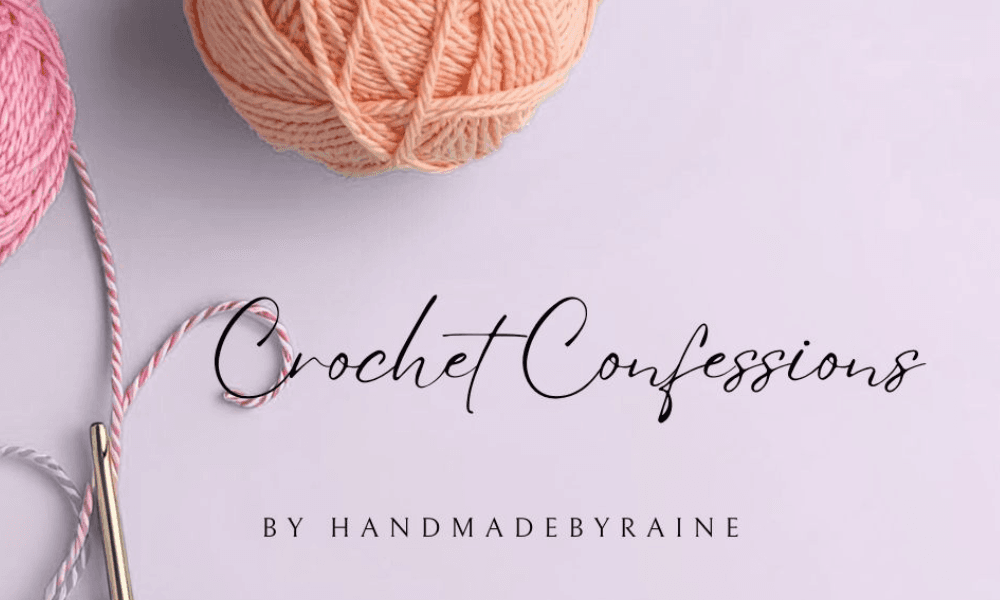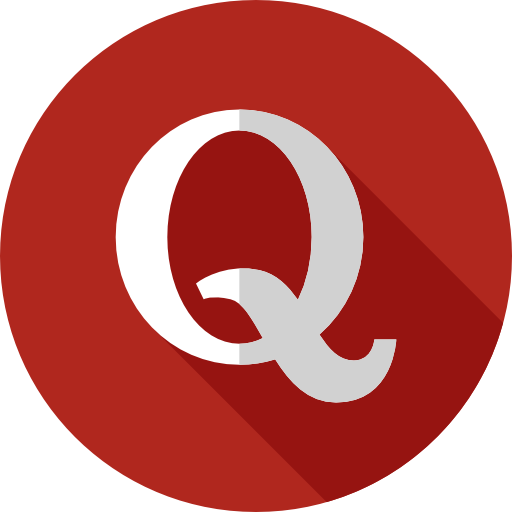Overview
Bald Cut is a 1.8-year-old male grooming brand operating in the Australian market. The business has generated total revenue of $870,000 USD, with a total net profit of $138,000 USD. It primarily relies on paid advertising for customer acquisition, using Facebook and Google Ads as its main drivers of traffic. The business is structured efficiently with fulfillment handled by a 3PL warehouse in China, and a portion of customer service and email marketing outsourced.
The seller is offloading the business to focus on another eCommerce venture with higher potential. Despite a strong early trajectory, recent revenue and profit figures suggest inconsistency, raising questions about operational sustainability and marketing effectiveness.
Key Insights
Website Performance & Metrics:
The website is fully functional but visually unpolished, with product images that may not appeal to a premium market.
The product catalog is limited to a single main product, making repeat purchases and customer retention difficult.
No established organic presence (SEO, TikTok, or influencer marketing), suggesting reliance on paid traffic.
Financial Analysis:
Monthly revenue is $16,176, with a net profit of $4,167, resulting in a profit margin of 26%.
The business had a revenue spike in March 2024, but profit declined during that period, indicating possible inefficiencies in advertising spend or pricing strategy.
The revenue multiple (0.3x) is reasonable, but the profit multiple (1.3x) is relatively high, making the asking price questionable for an acquisition.
Operational Efficiency:
The business operates using a streamlined 3PL fulfillment process, reducing overhead costs.
Suppliers require a 20% upfront deposit, with the remaining 80% covered upon fulfillment, enabling flexible inventory management.
Key operational tasks include managing ads, coordinating with suppliers, and maintaining customer service—most of which are outsourced.
Customer Data & Relationships:
A significant email list (23,944 subscribers) and customer database (24,872 customers), presenting potential for repeat business.
No Trustpilot or Google reviews, which raises concerns about the brand’s trustworthiness for new customers.
Given the one-product focus, customer lifetime value (CLV) is limited unless new complementary products are introduced.
Legal & Compliance Due Diligence:
No reported legal disputes or data breaches.
Ownership transfer includes domains, web assets, branding materials, social media accounts, ad accounts, supplier contacts, and a customer database.
Challenges Identified
Revenue & Profit Volatility:
Inconsistent revenue trends suggest that either ad performance has declined, or the owner has scaled back marketing efforts.
Profitability decline in peak revenue periods may indicate inefficient ad spending or pricing structure issues.
Lack of Brand Trust & Reviews:
The absence of Trustpilot or Google reviews makes it harder for new customers to trust the brand.
Lack of organic traffic sources suggests that if ad campaigns fail, sales could plummet.
Limited Product Catalog & Repeat Business Potential:
The store primarily sells a single product, reducing the likelihood of repeat purchases.
Without a diversified product offering, revenue growth will depend heavily on continued new customer acquisition rather than customer retention.
Questionable Valuation & Asking Price:
The revenue multiple is reasonable, but the profit multiple appears high given the volatility and lack of organic traffic.
Without substantial reinvestment in marketing, expanding the business will be challenging for a new owner.
Recommendations
Conduct Direct Seller Inquiry:
Request revenue and profit details for the past two months to assess stability.
Understand the specific reasons for the decline in revenue post-March 2024.
Clarify if paid ad campaigns are still active and performing.
Improve Customer Trust & Marketing Diversification:
Introduce third-party reviews (Trustpilot, Google) to improve credibility.
Expand marketing to TikTok, SEO, and influencer collaborations to reduce reliance on Facebook and Google Ads.
Expand Product Line & Bundling Opportunities:
Launch complementary products to encourage repeat purchases and increase AOV.
Develop exclusive bundles and limited-time offers to drive urgency and customer retention.
Reassess Valuation & Negotiation Strategy:
Given the inconsistencies in financial performance, the buyer should negotiate a lower price.
Aim for a performance-based earnout structure if possible, ensuring the business maintains profitability post-acquisition.
Conclusion
Bald Cut presents a potentially lucrative opportunity given its historical revenue success and existing infrastructure. However, its reliance on paid ads, lack of organic presence, and absence of customer reviews pose significant risks. The fluctuating revenue and profit trends suggest instability, making due diligence on recent financials crucial before acquisition.
If the business can stabilize revenue through diversified marketing and introduce additional product offerings, it could become a strong acquisition. However, a lower valuation and careful negotiation will be essential for mitigating risks associated with its current business model.
























